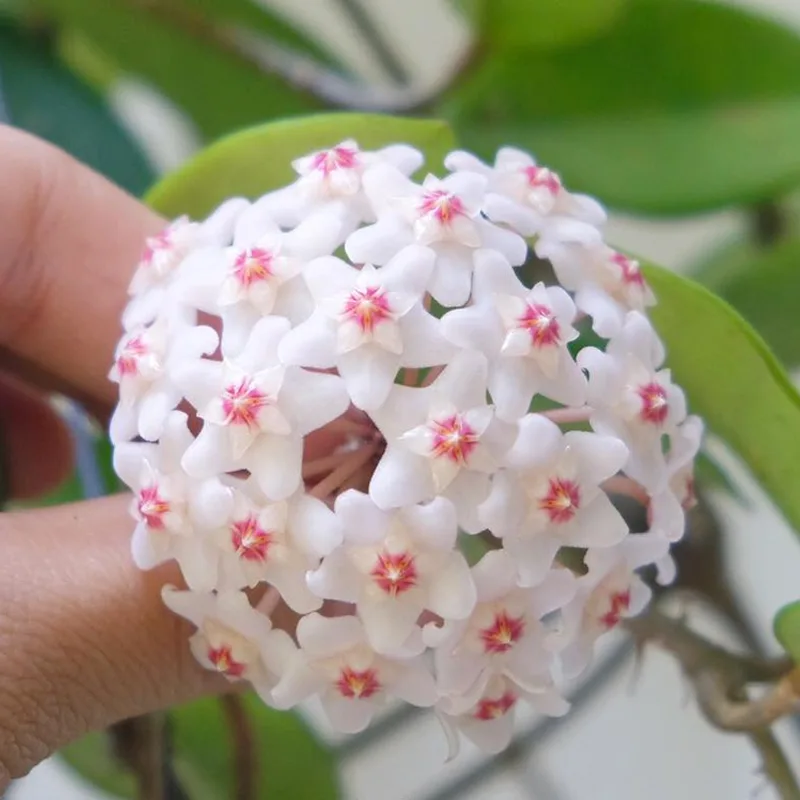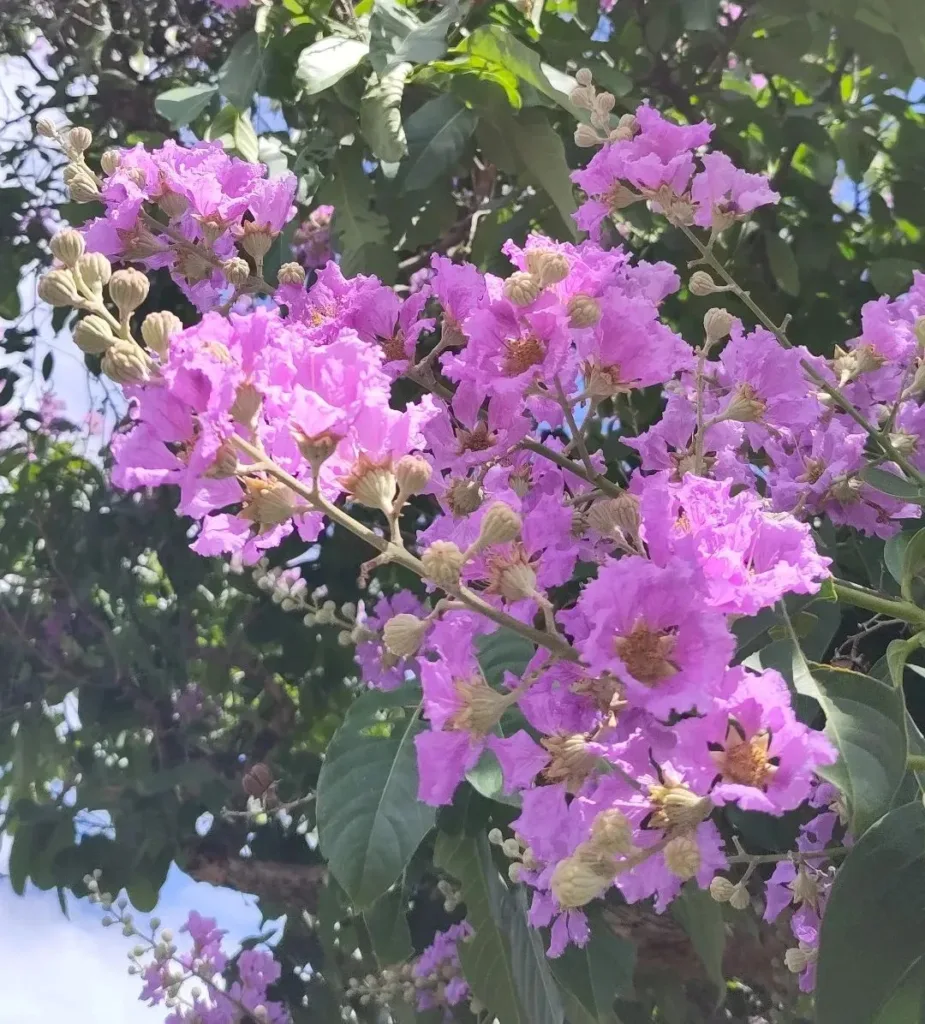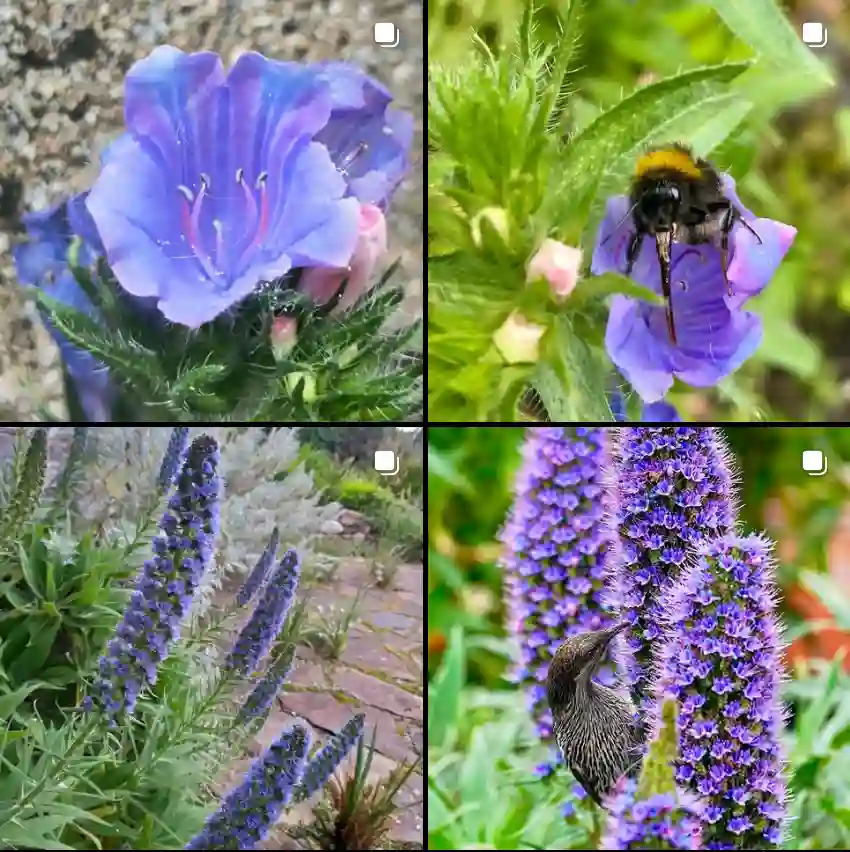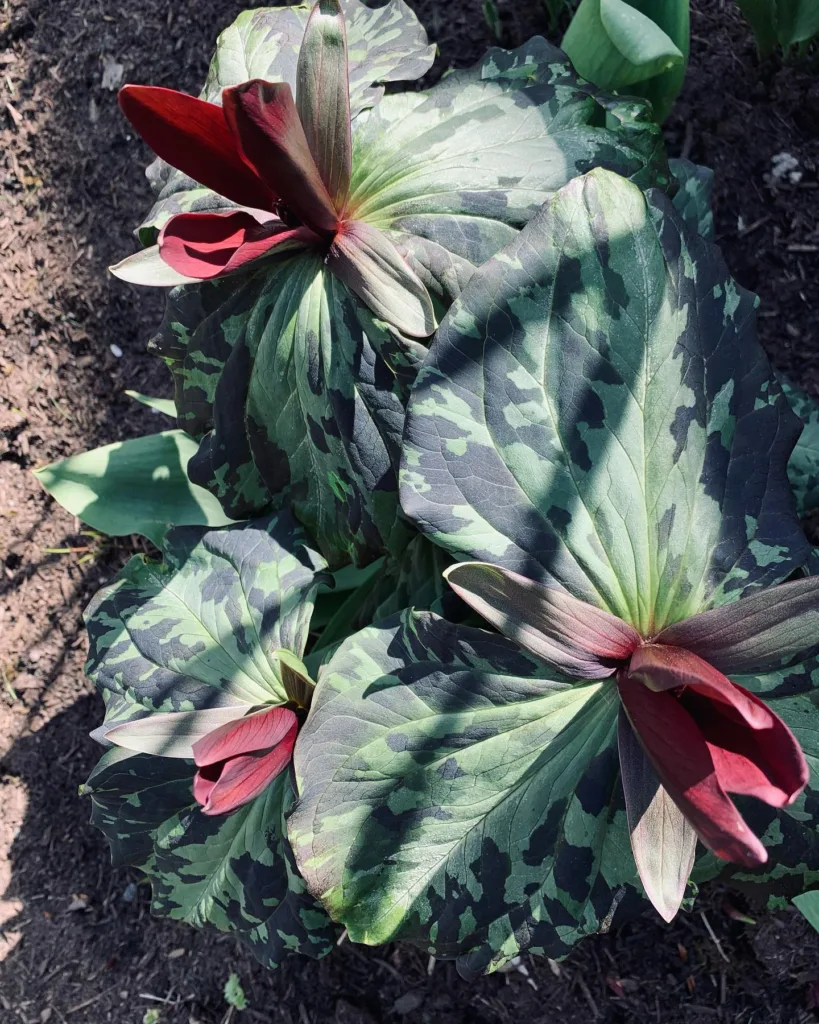What Is Agonis Flexuosa?
Agonis Flexuosa, commonly known as the Willow Myrtle or Australian Willow, is a versatile and attractive shrub native to Australia. It is prized for its unique, willow-like foliage and aromatic leaves. The plant can be used as a screening plant, hedge, or even a feature plant in gardens. It’s known for its resilience to harsh conditions, making it suitable for a variety of climates.
5 Species in Genus Agonis
How Fast Does Agonis Flexuosa Grow?
Agonis Flexuosa is renowned for its striking foliage and resilience. In terms of growth speed, it’s generally considered to be a moderately fast-growing plant. Under ideal conditions, it can put on significant growth each year. Typically, it can grow about 1 to 2 feet annually. Factors such as soil quality, water availability, and sunlight exposure will impact its growth rate. In a well-maintained environment, you might see it reach its full potential faster than in less favorable conditions.
How Do You Pronounce Agonis Flexuosa?
The pronunciation of Agonis Flexuosa can be a bit tricky if you’re unfamiliar with botanical terminology. It is pronounced as “AY-go-nis flex-yoo-OH-suh.” Breaking it down, “Agonis” sounds like “AY-go-nis” and “Flexuosa” is pronounced “flex-yoo-OH-suh.” Knowing how to say it correctly can make conversations with fellow plant enthusiasts and gardeners a bit smoother.
Can I Plant Agonis Flexuosa in Somewhat Clay Soil?
Agonis Flexuosa is quite adaptable and can tolerate a range of soil types, but clay soil presents specific challenges. While it is possible to plant it in somewhat clay soil, it’s important to ensure that the soil is well-draining. Clay soil tends to retain water, which can lead to root rot if drainage isn’t adequate. Improving the soil by mixing in organic matter or compost can help enhance its drainage capabilities, making it more suitable for Agonis Flexuosa.
How to Prune Agonis Flexuosa?
Pruning Agonis Flexuosa is essential for maintaining its shape and health. The best time to prune is in late winter or early spring before the new growth begins. To prune, start by removing any dead, damaged, or crossing branches. Shape the plant by cutting back long, unruly stems to promote a more compact form. Regular pruning helps encourage dense foliage and can prevent the plant from becoming leggy. Always use sharp, clean pruning shears to make clean cuts and minimize stress on the plant.
How to Care for Agonis Flexuosa?
Caring for Agonis Flexuosa involves several key practices. Ensure it gets plenty of sunlight—ideally, full sun to partial shade. Water regularly but avoid waterlogging; well-drained soil is crucial. Fertilize with a balanced fertilizer during the growing season to promote healthy growth. Additionally, regular pruning helps maintain its shape and encourages new growth.
How to Propagate Agonis Flexuosa?
Propagating Agonis Flexuosa is relatively straightforward. The most common method is through cuttings. Take semi-hardwood cuttings in late summer or early autumn. Dip the cut ends in rooting hormone and plant them in a pot with a well-draining mix. Keep the cuttings moist and in a warm, bright location until they develop roots, which can take several weeks.
What to Plant With Agonis Flexuosa?
Agonis Flexuosa pairs well with a variety of other plants. Consider planting it alongside other Australian natives like Callistemon (bottlebrush) or Grevillea. These companions complement its foliage and can enhance the overall aesthetic of your garden. Additionally, low-growing ground covers or ornamental grasses can provide a nice contrast to the taller Agonis Flexuosa.
Can You Grow Agonis Flexuosa Indoors?
While Agonis Flexuosa is typically grown outdoors, it can be grown indoors under the right conditions. It requires bright, indirect light and a well-draining potting mix. Indoor growth might be slower compared to outdoor environments, and the plant will need ample space to accommodate its natural form.
Is Agonis Flexuosa Toxic?
Agonis Flexuosa is not known to be toxic to humans or pets. This makes it a safe choice for gardens where children or animals are present. However, as with all plants, it’s best to prevent ingestion and keep an eye on any potential allergic reactions.
Benefits of Agonis Flexuosa
Agonis Flexuosa offers several benefits beyond its visual appeal. Its dense foliage provides excellent privacy screening, and it’s a hardy plant that can withstand drought conditions once established. Additionally, it attracts beneficial insects like bees and butterflies, enhancing the biodiversity of your garden.
Common Problems with Agonis Flexuosa
Common issues with Agonis Flexuosa include susceptibility to pests such as aphids and scale insects. These pests can be managed with insecticidal soap or natural predators. Additionally, overwatering or poor soil drainage can lead to root rot, so ensuring proper watering practices is essential.
Compare with Similar Plants
Agonis Flexuosa is often compared to similar Australian natives like Melaleuca or Leptospermum. While Melaleuca offers similar foliage and bark characteristics, Agonis Flexuosa stands out with its distinctive weeping habit and aromatic leaves. Leptospermum, on the other hand, has a more upright growth and different leaf structure. Choosing between these plants depends on your specific garden needs and aesthetic preferences.
By understanding these aspects of Agonis Flexuosa, you can better appreciate its place in your garden and ensure it thrives in your particular conditions.
If i die, water my plants!



